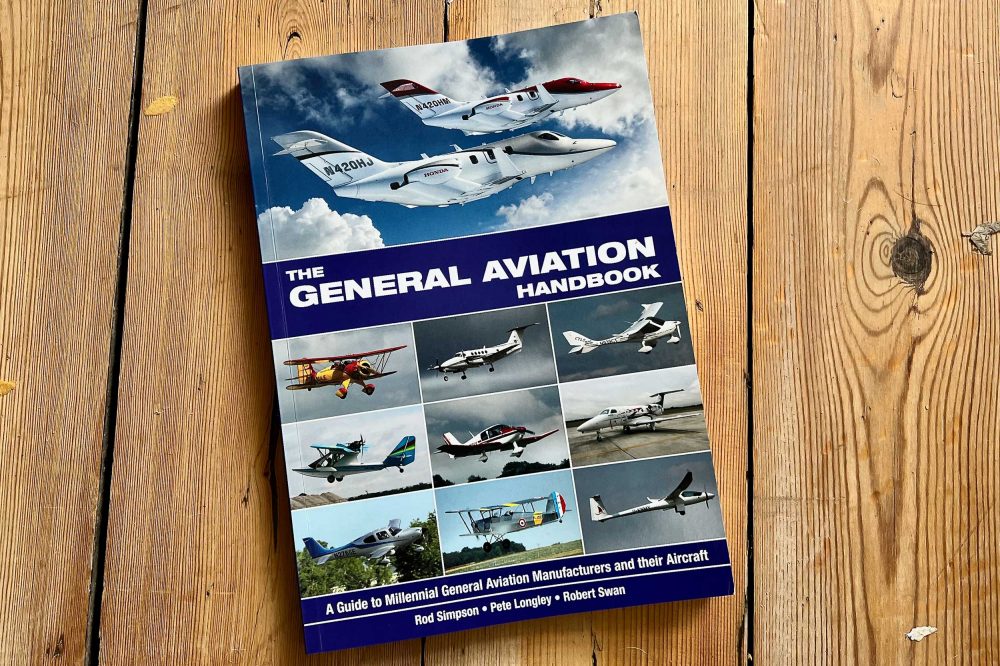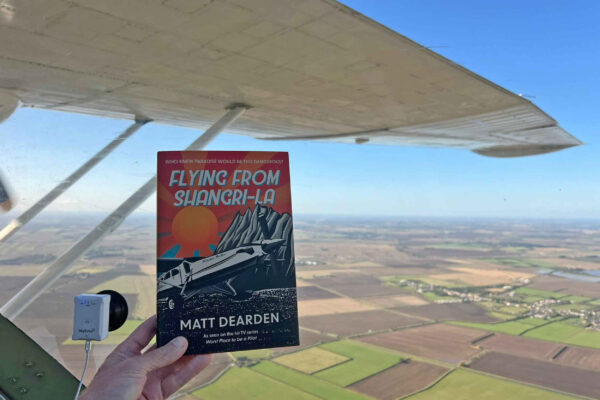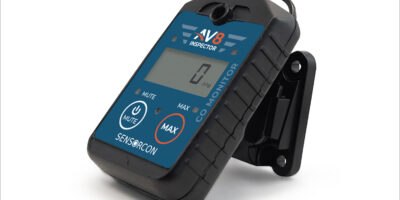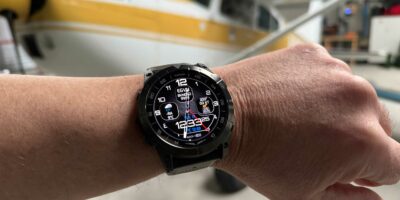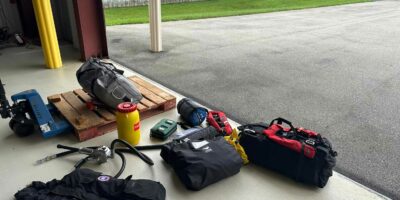There are avgeeks and then there are people like Rod Simpson whose knowledge of aircraft and attention to detail are light years ahead. Reading through the entries in the 2022 edition of The General Aviation Handbook, just released by publisher Air-Britain, reveals an astonishing range of GA aircraft from 100 Primary manufacturers (who we’d call OEMs), and 113 Light Sport and Ultralight manufacturers.
This is the sixth edition of the Handbook and comes 17 years after the last one, the fifth back in 2005.
“Since then, there has been an explosion in sales of affordable new light aircraft driven by the availability of the Light Sport and Ultralight category models,” says the book’s introduction, which bears not only Rod’s name but also fellow authors Peter Longley and Robert Swan.
The 2022 edition of the Handbook limits itself to GA aircraft since the year 2000, simply because of that explosion in numbers. The previous edition, 2005, covered GA aircraft from 1945 up to 2000. Sounds to me as though that edition is probably a highly sought-after reference book which, added to this latest version, would be a must for any avgeek’s bookshelf.
So what’s in The General Aviation Handbook? It covers fixed-wing aircraft built in production quantities, but does not include types built only as a prototype unless those are part of the manufacturer’s wider activities. It excludes rotary wing aircraft, weight-shift microlights and hang gliders, balloons and airships.
There’s everything from business jets and turboprops to piston engine singles and twins, factory-built and kitplanes. The Handbook leads with the Primary manufacturers first, then the Light Sport and Ultralights. Each section is in alphabetical order of each manufacturer with details of models and a brief history.
For example, an Italian company called Fly Synthesis exhibited for several years at the annual AERO Friedrichshafen show before disappearing off the radar. Turns out Fly Synthesis dates back to 1984 when it was named Officine Rodaro and had three models, the Kangaroo, Wallaby and Storch. What? An Italian manufacturer named two of its aircraft after Australian mammals? It became Fly Synthesis in 1993 and various new models followed including the Catalina, a two-seat ultralight floatplane, and finally the Synchro in 2010.
The appendices include a list of kit and plans-built aircraft, delivery numbers of GA aircraft year by year from 2000 to 2010, and a thorough index. Altogether, 1,500 different aircraft types are mentioned across 256 A4 pages with 562 colour photos.
If you have an appetite for detail and GA – perhaps you’re a flying club quiz setter? – you’ll love this book. Out now and available from the Air-Britain website for £49.50 (non-members), £35 (members).


